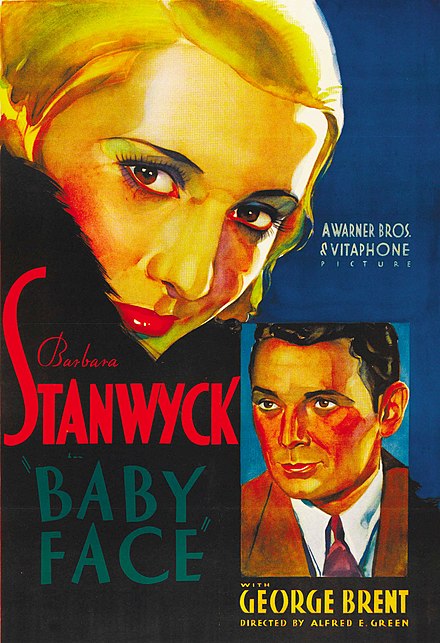Title: Total Recall
Rating: 3 Stars
As I’ve mentioned in an earlier post on Robocop, I’m taking a look at Paul Verhoeven’s films from the 90s that are his glimpse into what a near future might look like. Viewing such films from a distance of thirty or so years seems like it could illuminating. Total Recall is the second in this series. I’m hoping to get to Starship Troopers soon.
As with Robocop, I’m old enough that I originally saw it in the theaters. This was a time of peak Schwarzenegger. I remember being excited watching the film. It was action packed, full of what at the time were amazing special effects and extreme violence.
So, I probably had about the same response watching it in theater as I did watching Robocop. When I recently re-watched Robocop, I came away with a renewed appreciation for the themes that Verhoeven was presenting.
Did I come away with a similar appreciation upon watching Total Recall some decades later? I’m afraid not.
This could have been a happy marriage. You had Schwarzenegger, who as I said, was at the peak of his popularity. You had Verhoeven who, alone among action film makers of that time, was willing to insert social commentary into his films. And you had Philip K Dick. He wrote the short story, “We Can Remember It for You Wholesale”, upon which the film was based.
Philip K Dick was a brilliant science fiction writer whose stories spawned a remarkable number of films. Films based upon the work of Dick include Minority Report, Paycheck, The Adjustment Bureau, The Man in the High Castle, A Scanner Darkly, and most famously, Blade Runner (Do Androids Dream of Electric Sheep?).
I haven’t seen some of these and in most cases, even for the ones that I’ve seen, it’s been many years since I’ve watched them. It’s fair to say that Dick wouldn’t have been thrilled with most of them. I couldn’t find the quote, but Dick became so disenchanted with Hollywood that he said something along the lines of, that the only way that he’d go back to Hollywood was if he died, they put lipstick on him, and strapped his corpse into the driver seat of a speeding car.
Dick was dead when Total Recall came out, but it’s fair to say that he would not have been pleased. His small story about a nondescript man with deeply hidden memories that when resurfaced prove unsettling and a twist ending that comes out of nowhere disappears in the action tsunami of an Arnold action film.
Make no mistake about it. This is not a Dick film. This is not a Verhoeven film. This is a Schwarzenegger film. Despite taking a huge Austrian body builder and first trying to first position him as an everyman laborer, there’s no doubting that he’s going to quickly shed that skin and become the killing machine that we all know him to be. It is his job to save Mars from the evil Cohaagen (Ronny Cox, hilariously the same actor that played the evil corporate executive in Robocop; he sure had the monopoly on evil executives there for a while), and there’s no doubt that he will do so. The only question is what the body count will be.
There are glimpses of some issues that Verhoeven might have been able to delve deeper into in a different film. The Mars citizens are oppressed by the corporation that is mining valuable minerals there. There are certainly statements that could have been made about resource exploitation of indigenous people. However, by centering all of the action on Cohaagen, it makes it seem like the actions of one evil person as opposed to the more typical systemic exploitation. It becomes a film about a bad guy doing bad things and the good guy that is trying to stop him.
There are also important ideas that could have been explored in the film surrounding the idea of reality. Quaid, bored by his daily life, goes to the Rekall corporation to get a memory implant where he goes to Mars as a secret spy. As the memory was being implanted, it opened up his repressed memories of actually being a Martian secret spy. All action unfolds from there. A question can be asked, is the reality that Quaid is experiencing the true reality or is it the actual implanted memory that he paid money for? This question isn’t ignored in the film but is not explored to the depth that it could have been.
It also suffers from how special effects age with time. What were state of the art effects in 1990 now look pretty cheesy in 2022.
The bottom line is that while Robocop, through the lens of time, still has importance, other than as an 1990s action film, Total Recall not so much.







